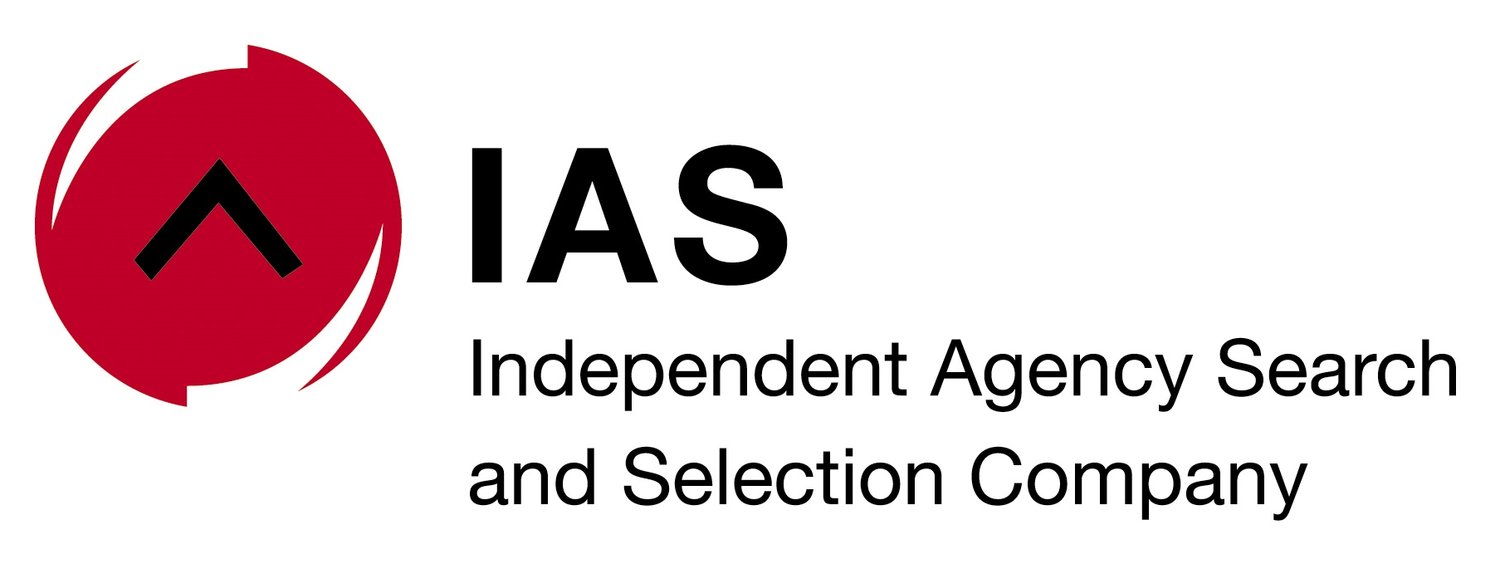There is a shift in the marketing industry from the once-stringent “here are the service-level agreements (SLAs) and our terms” towards an agreement between agencies and their clients that protects, rather than directs.
Contracts are about marketers making sure the agency is committed to it, and vice-versa.
Today’s contract does not necessarily mean a retainer, and may be a simple clarification noting the agency of record that will work on a project-to-project basis. This would, of course, include the agency agreeing not to take on work from a competitor without prior discussion with the client and following the standard non-disclosure accordance.
When it comes to the media agency, however, the role of a contract is critical, as its work includes ongoing expenditure on behalf of its clients and the legalities of the outlay and payment that need to be defined in a firm contract.
Given the varying needs of marketers and agencies and the types of collaboration we’re seeing today, there are four or five basic contract outlines that would ensure harmonious working relationships. These range from a simple letter of appointment to solid financial commitments and SLAs.
Always, though, it is the essence of the contract that sets the tone for what working together will look like.
When marketers ask: “How will the agency work with us?” the contract outline may include agreeing on a timeline per project; the time a campaign will take to develop, including reverts; who will be working on the campaign and what resources the client will need from the agency.
This covers the basics of setting up of the relationship and should be followed with an indication of the scope of work, broken down into platform specifics such as campaign, packaging, design, digital and social media.
Some clients may say they don’t believe in contracts with agencies, but it must be made clear that a contract is not designed to trap a marketer and tether it to an agency.
Instead of seeing a contract as a tie that binds, participants should view it as a guide to the mechanics of how the working relationship will be conducted in the best interests of all parties.
Again, media agencies will operate under different parameters by necessity, but even these are far more flexible than they used to be.
If it takes a while for an agreement or SLAs to be put in place, it’s usually due to the need for both parties to really explore all the work they’re going to do together. Even after agencies are appointed, the contract may not be signed immediately. The letter of appointment is important, and if it takes six months for a contract to be signed, it would only be to benefit both parties.
Today’s contracts are about flexibility, commitment and trust. Importantly for all parties concerned, agility is everything right from the word go – and harmony must be the aim.

